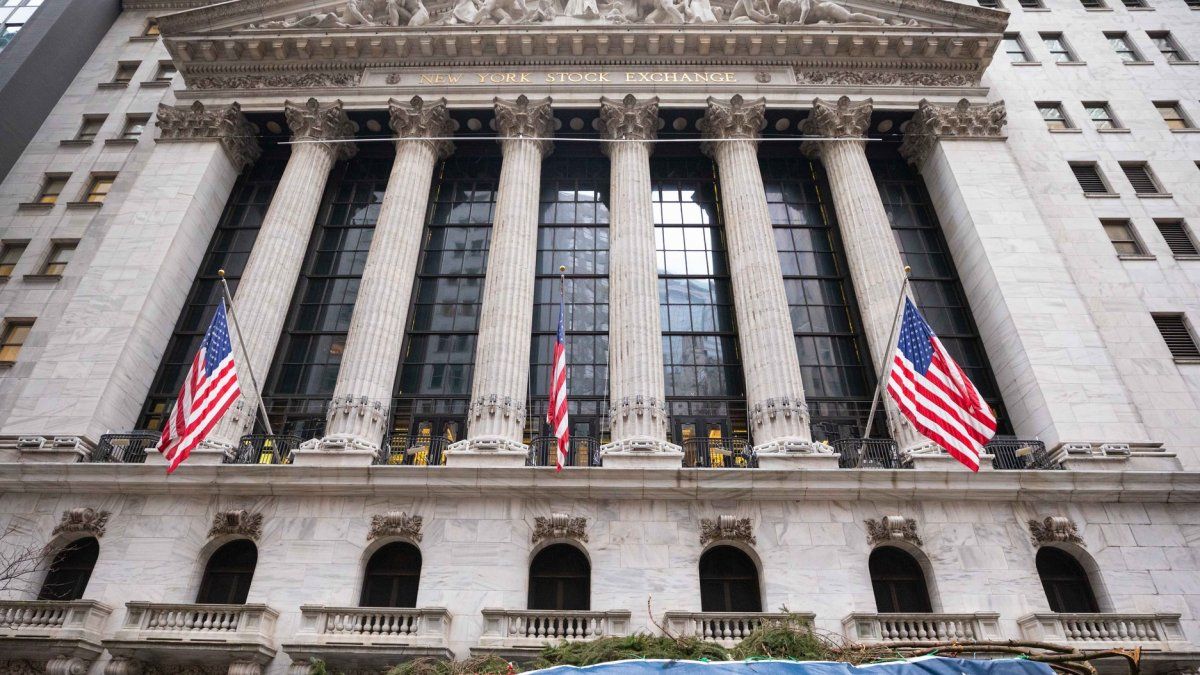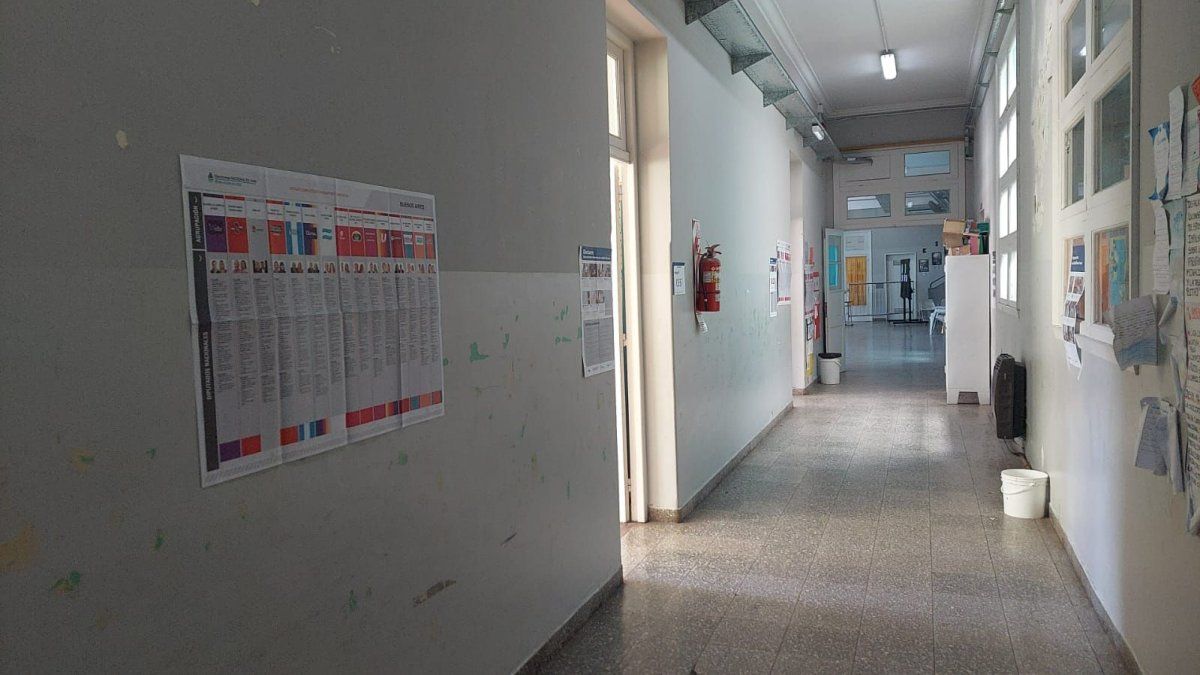Bets that the Federal Reserve will begin cutting interest rates in March rise on Friday, after government data showed price pressures continued to cool last month
Inflation annual in the United States continues to slow down, remaining below 3% in November, according to a key data and favorite of the Federal Reserve in making decisions on the monetary policy rate. This has generated a decrease in underlying pressures on prices, lor that probably consolidates the expectations of the financial market about a possible interest rate cut scheduled for next March.
The content you want to access is exclusive to subscribers.
According to the report presented by the Bureau of Economic Analysis of the Department of Commerce, inflation, measured by the price index of personal consumption expenditures (PCE), decreased 0.1% last month, after remaining unchanged in October. In the 12-month period through November, the PCE price index recorded an increase of 2.6%, compared to the 2.9% seen in October, marking the first month since March 2021 that annual inflation held steady. below 3%.


Excluding the volatile food and energy components, the PCE price index rose by 0.1% in November. The underlying PCE price index, which excludes these elements, showed an increase of 3.2% year-on-year in November, representing the smallest increase since April 2021. after having risen 3.4% in October.
The Federal Reserve closely monitors PCE price measurements as part of its goal of maintaining 2% inflation. lEconomists consulted by Reuters had anticipated an increase in the annual PCE price index of 2.8%and a 3.3% increase in annual core PCE inflation.
Inflation: optimism about rate cuts increases
To achieve the Fed’s inflation target, Economists consider sustainable monthly inflation growth of 0.2% necessary. Financial markets are currently estimating a 72% probability of a rate cut at the Fed’s policy meeting scheduled for March 19-20, according to CME Group’s FedWatch tool.
At the last meeting, the Federal Reserve kept rates stable and indicated in its economic projections that the historic monetary adjustment carried out in the last two years is coming to an end, forecasting lower borrowing costs by 2024. Since March 2022, the Fed has increased its official interest rate by 525 basis points, to the current range of 5.25% to 5.50%.
The slowdown in inflation has resulted in greater availability of income for households. Consumer spending, which accounts for more than two-thirds of US economic activity, rose 0.2% last month. October data was revised, showing spending growth of 0.1% instead of the 0.2% previously announceddespite the forecasts of economists who expected an increase of 0.3%.
These latest reports add to data this week indicating a recovery in the US economy, which appeared to be faltering at the beginning of the fourth quarter. On Wednesday, The Commerce Department reported that both single-family housing starts and construction permits reached one-year highs and a half in November.
These encouraging data have led economists to revise upward their estimates of Gross Domestic Product (GDP) growth for this quarter, projecting an annualized rate of 2.7%. In the third quarter, the economy grew at a rate of 4.9%.
Source: Ambito




